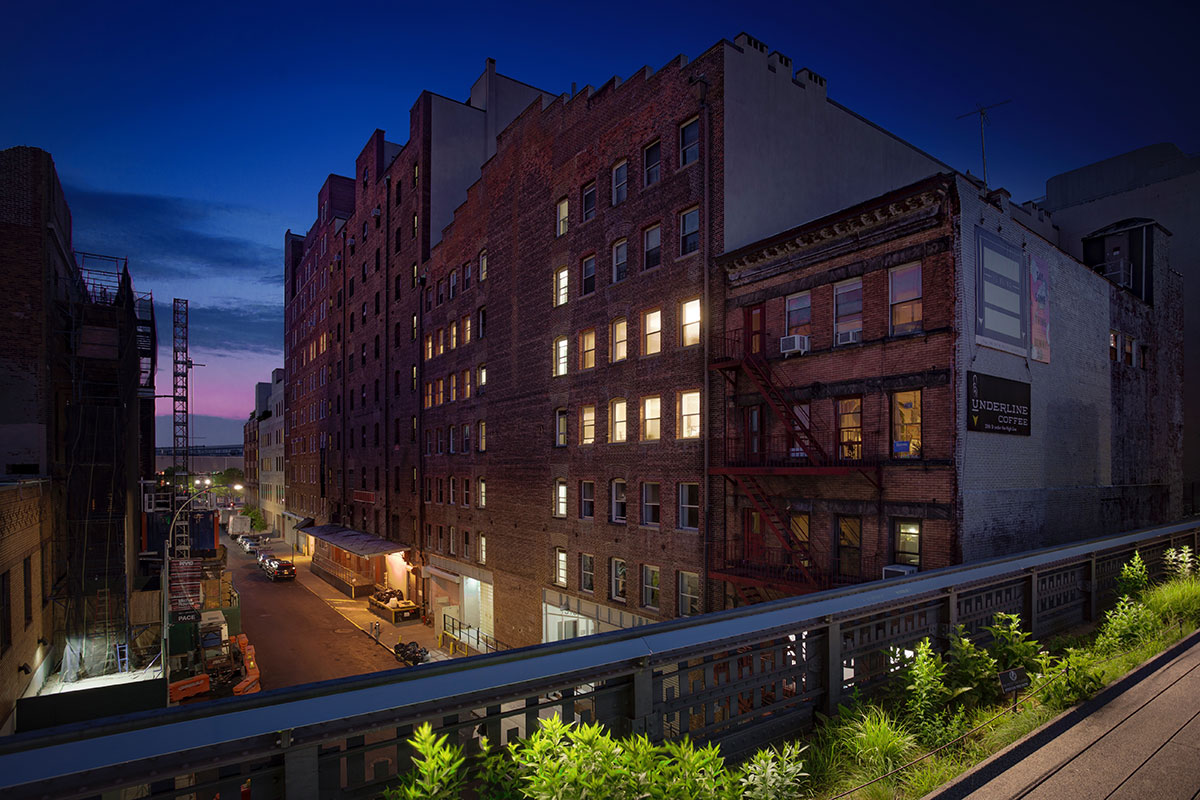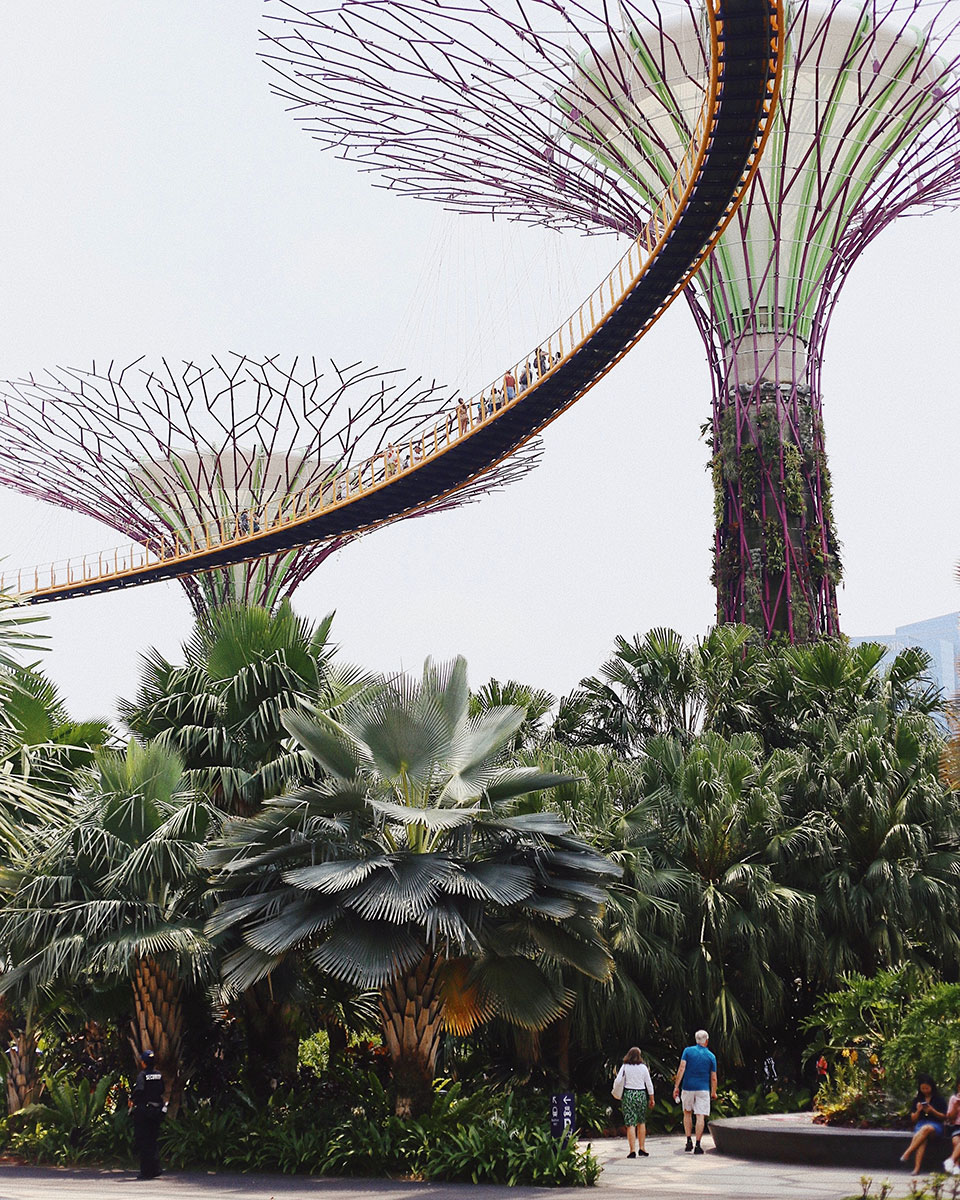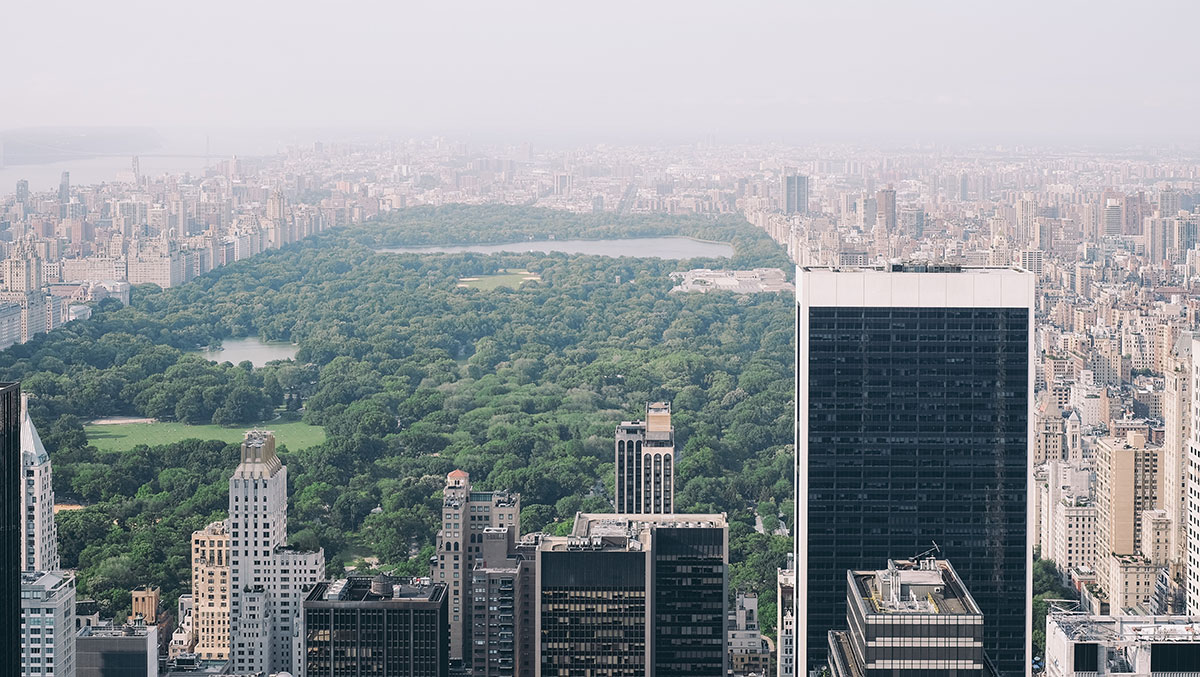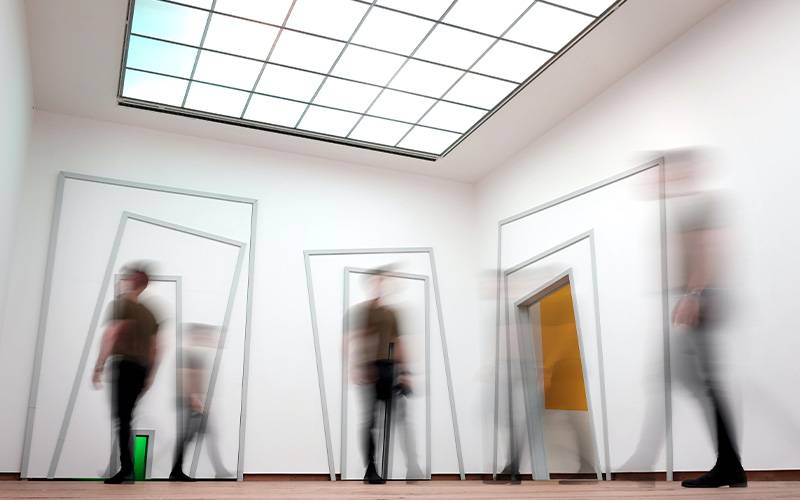The Bartlett's Yolande Barnes writes that the need for long-term income streams is changing the nature of real estate investment; this could make for some very different built landscapes in future.

The 7.3-acre High Line in New York is now the city's most popular tourist attraction after the Museum of Modern Art, attracting more than five million visitors a year. Built for US$150m, it is predicted to generate US$1bn in tax revenues to the city over the next 20 years. Credit: Actionvance for Unsplash
Much has been discussed and documented about the bottom-line benefits of green infrastructure, but planting trees, building rain gardens or using porous paving alone are not enough to create sustainable real estate. To be truly sustainable, green infrastructure must add value, enhance the occupier experience and be flexible enough to adapt and respond to changing social, economic and technological conditions.
To achieve this, green infrastructure and the industry response cannot be separated from the considerable disruption on other areas of real estate that we are seeing in the 21st century, characterised by fundamental changes in the nature of capitalism and money. The need for long-term income streams has completely changed investment criteria and aims.
Follow the money
In the latter half of the 20th century the nature of money changed. The post-war ‘baby boomer’ generation in advanced economies were wealthier than previous generations and funded new investing institutions like pension funds and insurance companies. The name of the investment game in the 20th century was capital growth as these investors had to deploy large chunks of capital quickly in high-value assets.
These assets included real estate and this money helped to shape the form that our towns and cities took: big buildings in single asset classes on big grids. The investing institution’s job to provide that capital growth was aided by the construction of large schemes and high-rise buildings. Modernist architecture and planning systems across the world were subverted by capital to achieve this. Public infrastructure provision, particularly highways, opened up land for development and investment. Transport and energy systems, schools and hospitals not only facilitated such development but were often also concurrent with, or even reliant, on this type of real estate development.
The result of this approach meant investing institutions got the ‘commodity’ they needed to invest in at the time but it hasn’t always left ordinary people, the inhabitants and occupiers, with the neighbourhoods they most love, nor has it always created the most environmentally-sustainable places.

'Supertrees' at the 250-acre Gardens by the Bay in Singapore, part of the government's US$1bn plan to transform it into the world's greenest city. Credit: Taylor Simpson for Unsplash
Exception rather than rule
I am not the only person to contest that the economic conditions of the late 20th century were exceptional and that the era of high inflation and high interest rates has now ended. The baby boomer generation is now drawing their pensions so the demand for fixed income assets has soared and is unlikely to abate anytime soon. Little surprise then that global interest rates have fallen and are likely to remain low. Meanwhile inflation has also abated with rising global supply. Even real estate assets are now under pressure to create income streams (so institutions can pay the pensions) rather than just grow in value.
If we have entered a world where interest rates are low and stable, as they were for at least two centuries preceding WWII, then the era we have just experienced and come to expect, of huge capital growth, is at an end; there can be no capital growth without rental growth. All this alters investor motives and puts the emphasis very firmly on creating long-term income-streams. The focus has to be much more on what people want (and will pay rent for) rather than what capital investors need.
Today, the rising costs of energy and maintenance are eroding returns. There has also been the realisation that other forms of infrastructure, such as green and blue, will become more fundamental to the success of real estate.
Context is king
Resilient buildings set within a sustainable context, with lower maintenance costs, will yield a better and more confident long-term net income stream. But it’s not just about the physical built environment. In the 21st century landlords, owners and investors will increasingly want places that can sustain communities because sustainable communities are more likely to provide a sustainable income. Investors who pay attention to the needs of the occupiers, the people who live and work in the buildings, could benefit from high occupancy rates and rental growth.
The success of green infrastructure, therefore, depends on its interaction with real estate investment and its impact on returns; socio-economic constraints, such as the local economy and customs; and, simply, its popular appeal.

Landscape architect Frederick Law Olmsted's vision of Central Park in New York as a democratic space is arguably still waiting to be realised. Credit: Freddie Marriage for Unsplash
Recent history is fraught with examples of where these interactions conflict. The in-use application of green technologies or modern methods of construction, for example, can prove problematic, costly or even counter productive in some cases, resulting in high costs or even rapid obsolescence. Those that succeeded are more likely to harmonise with the social, cultural, aesthetic and lifestyle behaviours of the human beings that use them.
The realisation is growing around the world that it is not enough for real estate to be able to just tick all the boxes for sustainable technology. Real estate is always set within a bigger and richer context. People are increasingly seeking and expecting to encounter an experience of a place wherever they live, work, play, stay, make, shop, visit or rest, rather than just a collection of buildings, however green they may be.
If any individual piece of real estate cannot add this sort of value that the occupiers expect, then its appeal and price will lower. To achieve this greater value, investors in real estate need to enhance the occupier’s experience and be capable of adapting to the many changing needs and conditions that the future will throw at them. If real estate fails to do this, then it is incapable of being sustainable.
What we have learned from the 21st century to date is that we need to focus more and understand better whole-place outcomes and interventions which are not prescriptive, but which encourage innovation and holistic solutions.
In this respect, the design of regulatory regime, funding arrangements, business and management models, and land ownership are as important as the design of the constructed real estate product.
Professor Yolande Barnes is Chair of The Bartlett Real Estate Institute (BREI), part of The Bartlett School of Sustainable Construction. This text is an extract from a presentation given at the 3rd European Urban Green Infrastructure Conference 2019, which was co-hosted by BREI.
 Close
Close




